The province currently has 812 cooperatives operating in the agricultural sector. The agricultural cooperative model is increasingly asserting its important role in orienting, supporting and improving the economic efficiency of farmers' agricultural products. However, reality shows that large-scale commodity production, associated with quality management and product consumption, is an inevitable development path to improve the operational efficiency of this model.
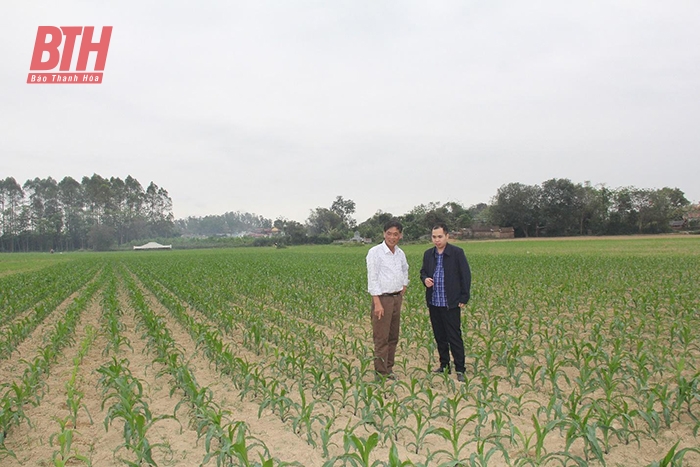
Over the years, Thieu Phuc Agricultural Service Cooperative has affirmed its role as a “midwife” in production and business, gradually increasing the income of local people. In addition to taking on the task of irrigation, mechanization services and synchronous mechanization for 239 hectares of agricultural land in the area, the Cooperative has rented an additional 30 hectares of abandoned land for renovation and linked up with more than 100 farming households to produce organic rice to supply to Tam Phu Hung High-Tech Food Company Limited.
Director of Thieu Phuc Agricultural Service Cooperative (DVNN) Nguyen Van Tinh said: “In the organic rice production area following the production linkage direction, more than 100 households have been supported by the company and the cooperative with seeds, technical guidance; using organic fertilizers and applying science and technology to rice production and implementing organic rice area certification. Since then, productivity, quality and economic efficiency have increased compared to traditional production by 20-30%. Currently, the cooperative is the subject of developing the Hat Ngoc 9 rice product as an OCOP product, aiming to increase the value of local products in the market.
At Ha Long Agricultural Service Cooperative (Ha Trung), the cooperative is currently linking with farmers to produce 200 hectares of yellow sticky rice to supply to two enterprises, Sao Khue Trading Joint Stock Company and Luu Suong Trading Company Limited. By participating in this large-scale chain, households can participate in restoring valuable native rice varieties with a production value 2.5 to 3 times higher than that of conventional rice.
Chairman of Ha Long Commune People's Committee Nguyen Huu Thanh said: "In addition to increasing income value per unit area, this association also helps people change farming techniques, strictly follow the production process towards green products, and produce food safety and hygiene. Thanks to that, the local sticky rice product meets VietGAP standards (in 2019), is recognized as a 3-star OCOP product in 2020 and is currently proposing to upgrade to 4-star OCOP."
According to the review of Thanh Hoa Cooperative Union, the whole province currently has 1,218 cooperatives participating in one or more stages in the production chains, linking the consumption of key agricultural products. Of which, 711 cooperatives participate in the rice production chain; 487 cooperatives participate in the vegetable and fruit production chain; 15 cooperatives participate in the production of cassava and cassava products and 5 cooperatives participate in the production chain of poultry meat and eggs of all kinds.
Working with farmers to form large-scale production areas has created conditions for cooperatives to sign contracts to link production and consumption of key products with enterprises (about 69%) to carry out processing, increase the value of agricultural goods and sustainable consumption. It is estimated that production efficiency under the linkage model is 20-50% higher than that of conventional production. However, currently in most localities, for food crops and vegetables, the form of linking production with processing is only a model. The implementation process has encountered many difficulties due to limitations in infrastructure of production areas, fragmented areas, and production organization.
Based on the current resources and production models, in the coming time, agricultural cooperatives need to orient the development of agricultural commodity production in a concentrated and large-scale direction. This is both a market requirement and a State orientation, as well as a fundamental solution to overcome the fragmented and small-scale limitations that have existed for many years in agricultural cooperatives. At the same time, it creates the necessary conditions to change production methods and management models, facilitate the application of science and technology, participate in the value chain, and meet the requirements of the market to expand the scale, effectively develop the economic model of agricultural cooperatives, and improve the lives of members.
Article and photos: Tung Lam
Source


![[Photo] Ministry of Defense sees off relief forces to the airport to Myanmar for mission](https://vstatic.vietnam.vn/vietnam/resource/IMAGE/2025/3/30/245629fab9d644fd909ecd67f1749123)











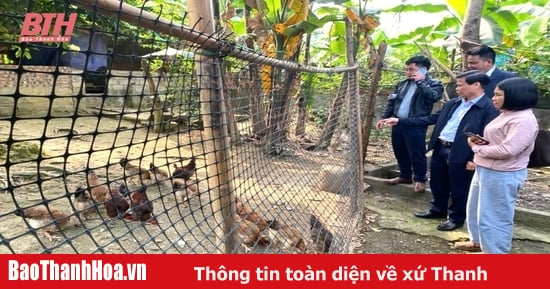

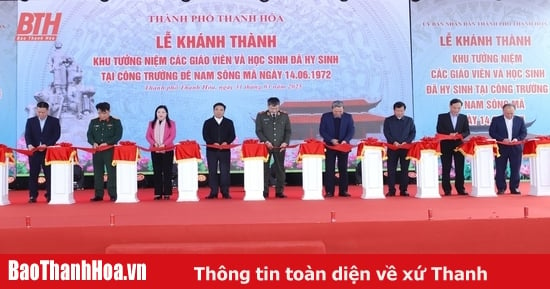


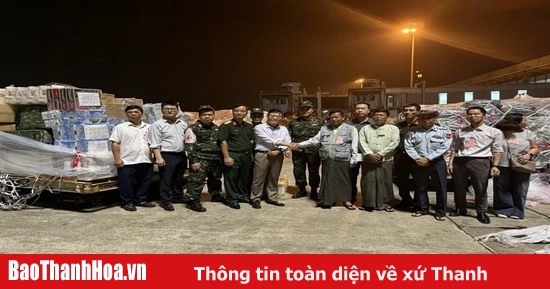

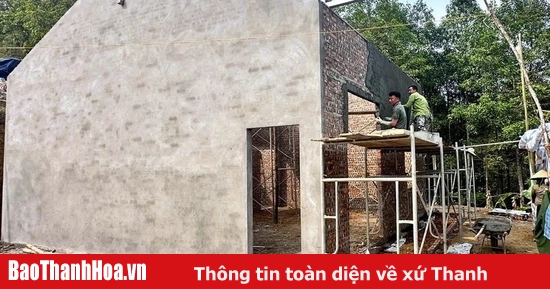



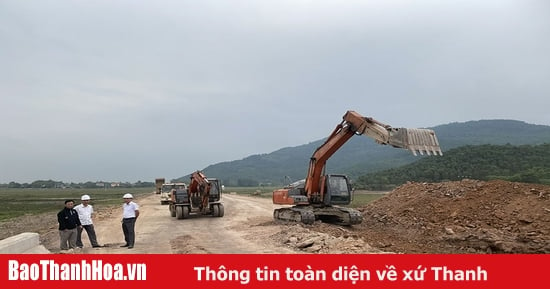
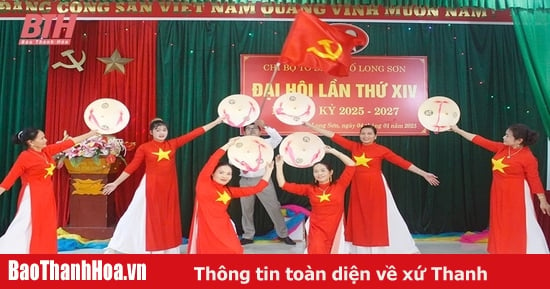

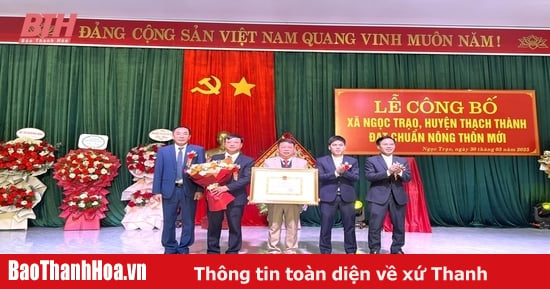

![[REVIEW OCOP] An Lanh Huong Vet Yen Cat](https://vstatic.vietnam.vn/vietnam/resource/IMAGE/2025/3/27/c25032328e9a47be9991d5be7c0cad8c)
![[Photo] Prime Minister Pham Minh Chinh chairs meeting to remove difficulties for projects](https://vstatic.vietnam.vn/vietnam/resource/IMAGE/2025/3/30/7d354a396d4e4699adc2ccc0d44fbd4f)
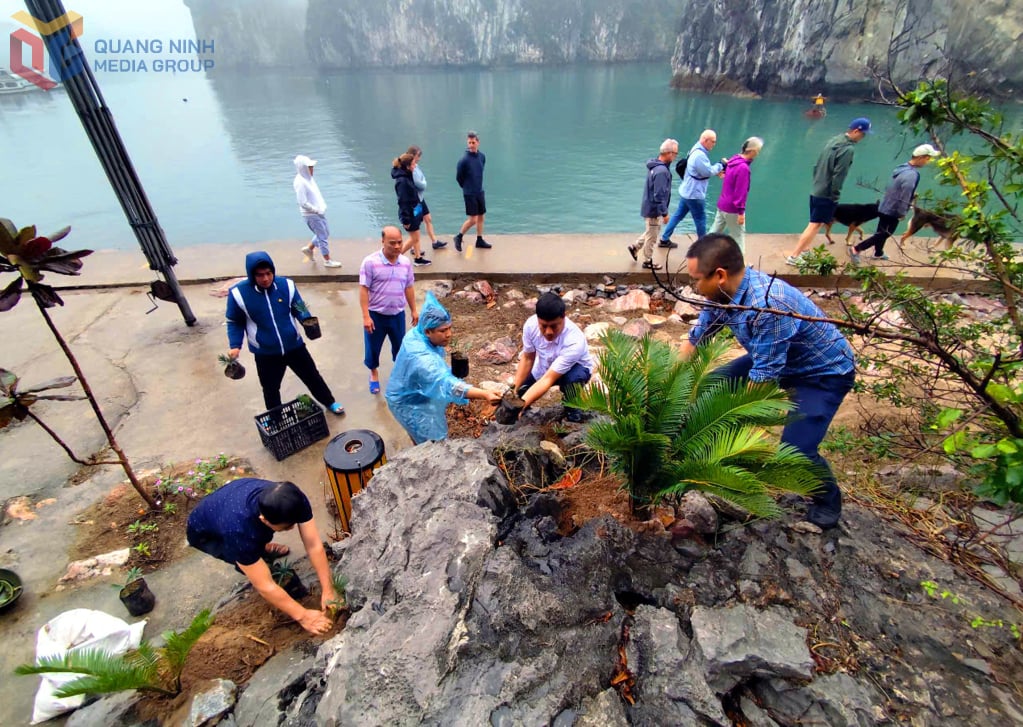







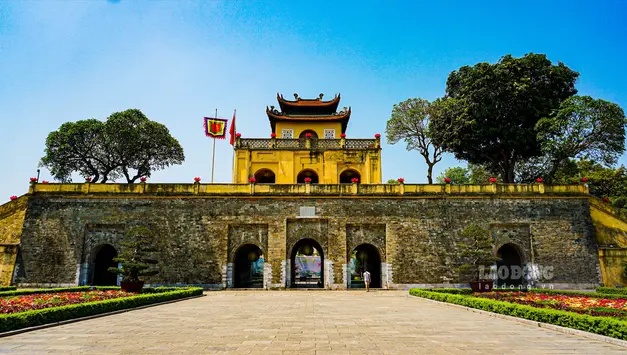









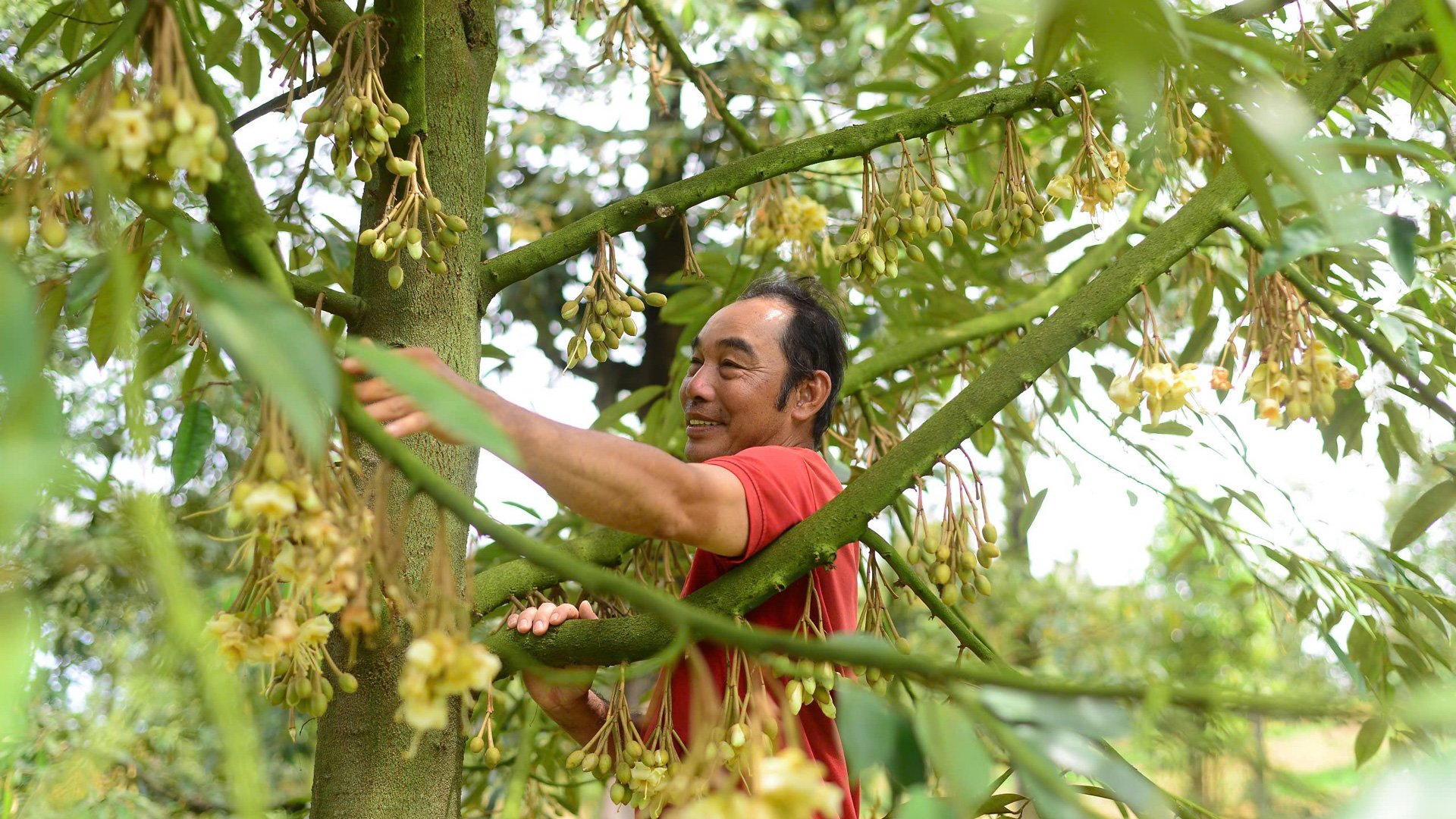

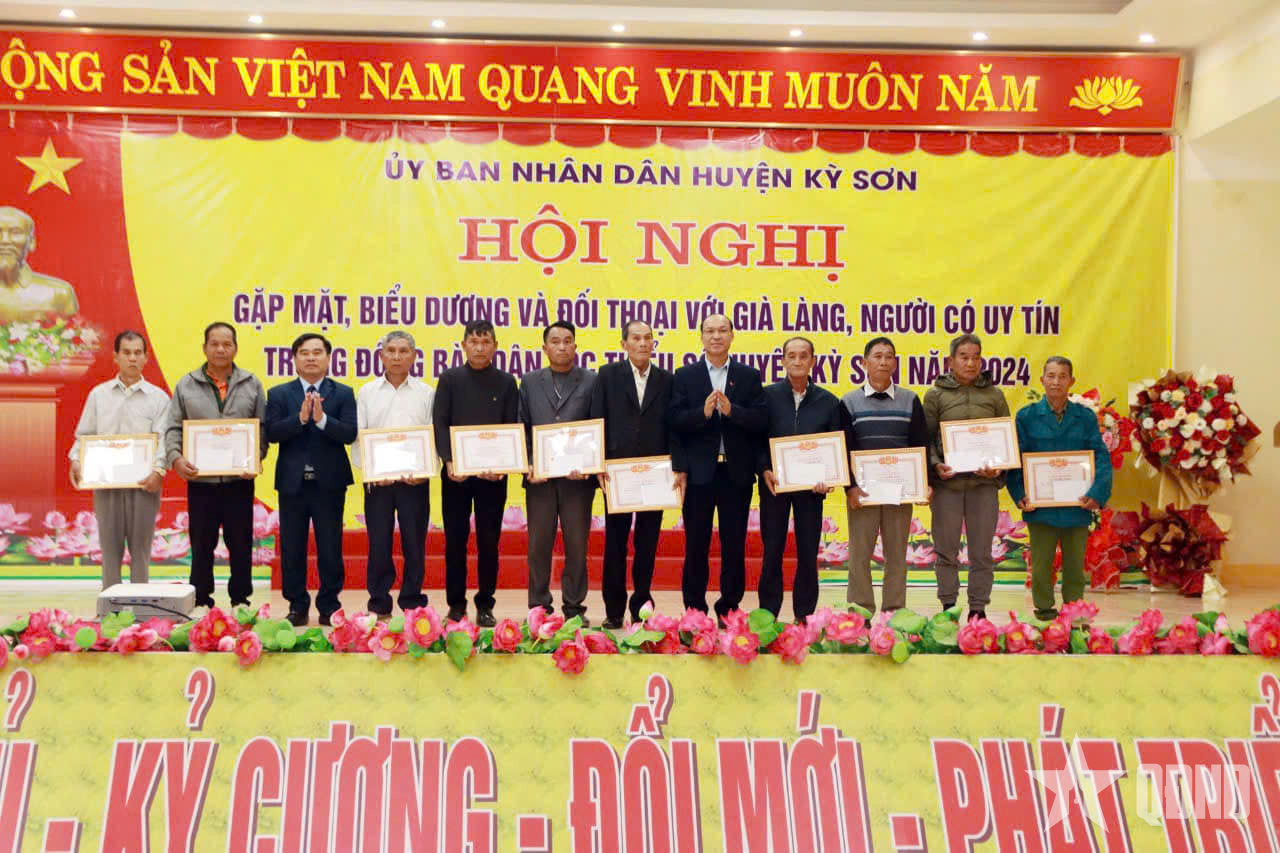










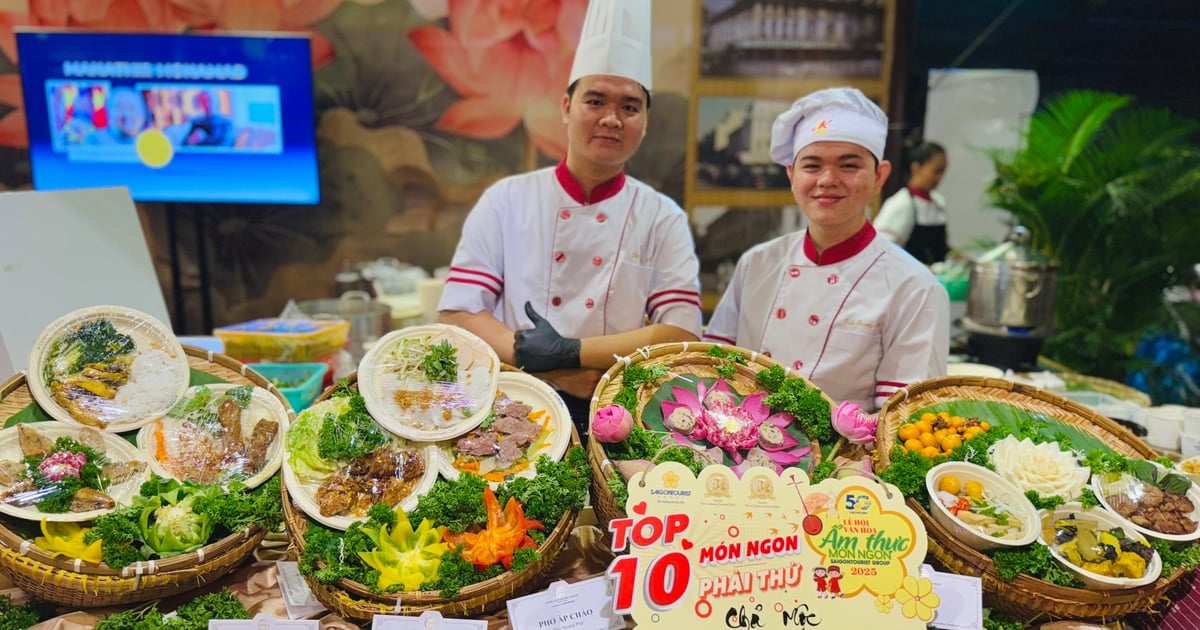












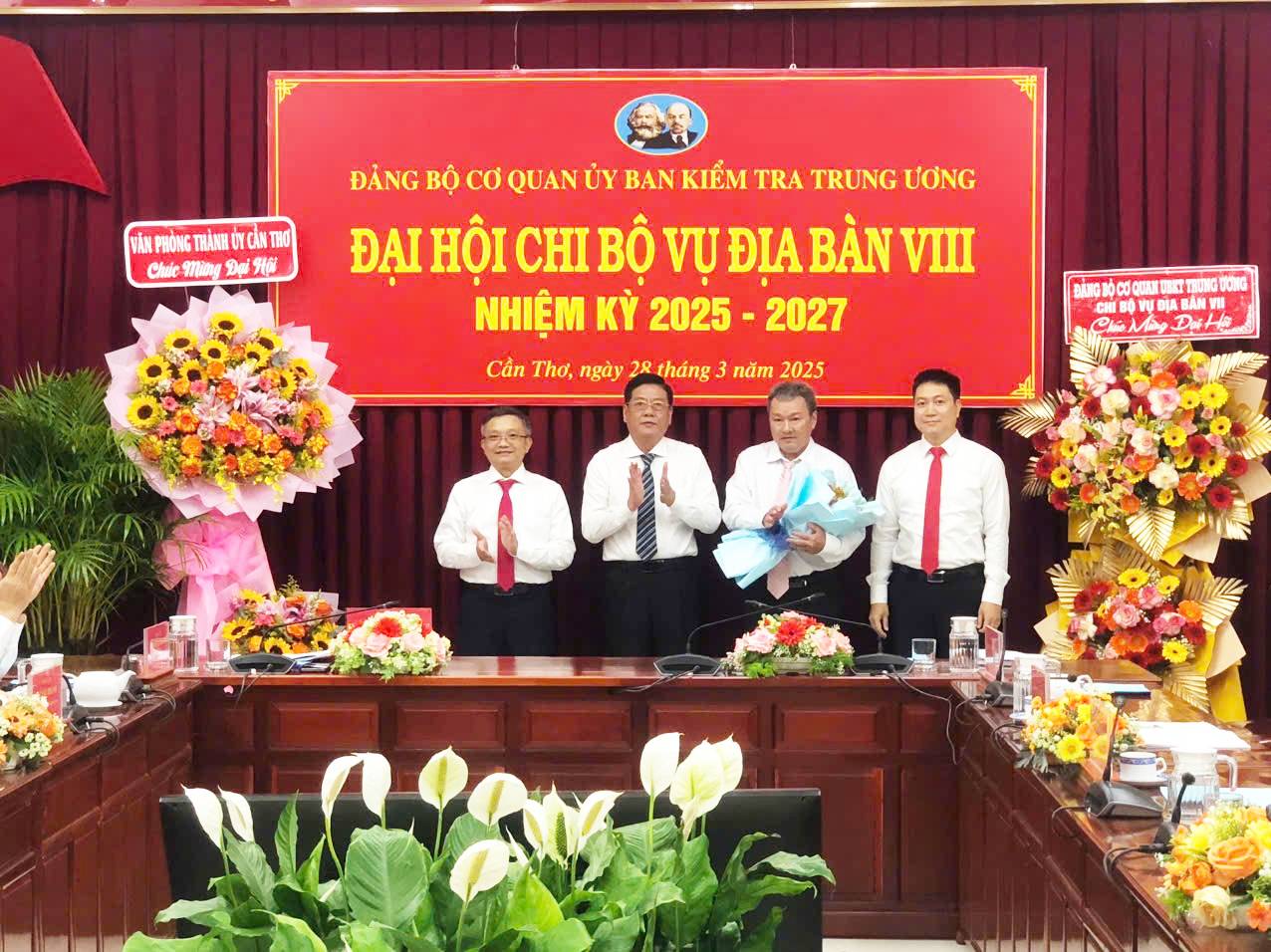





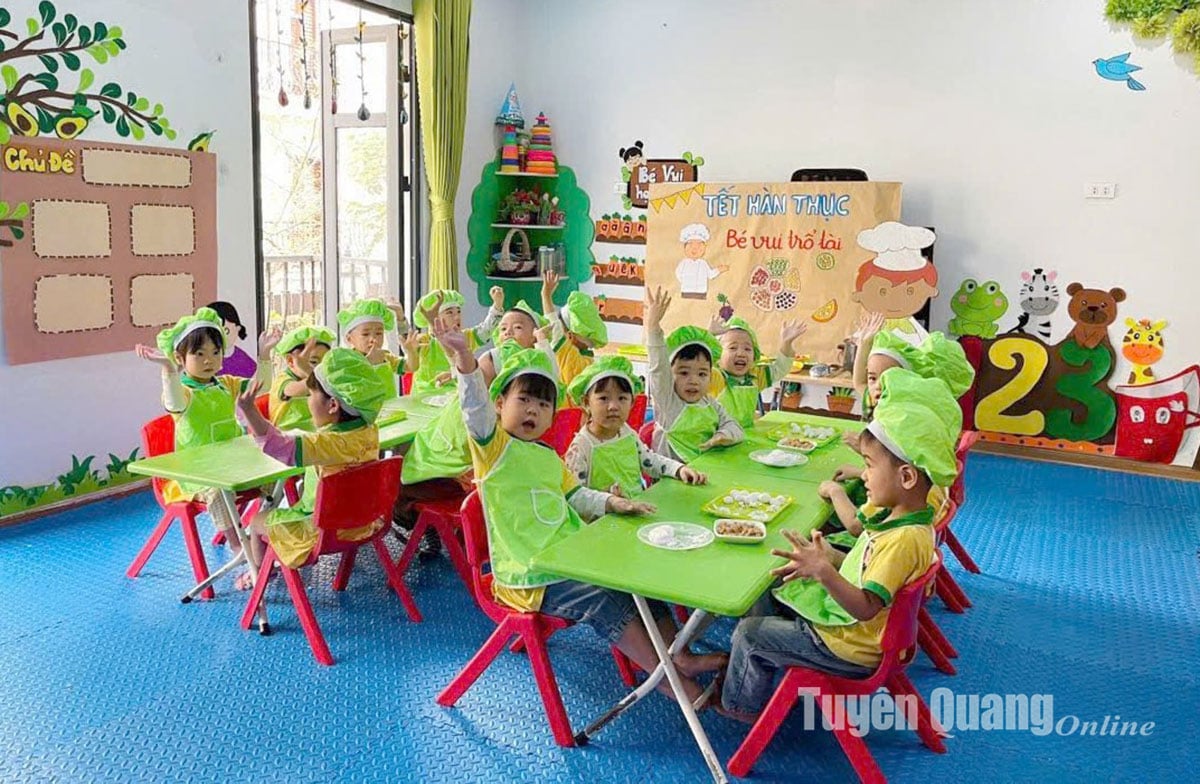



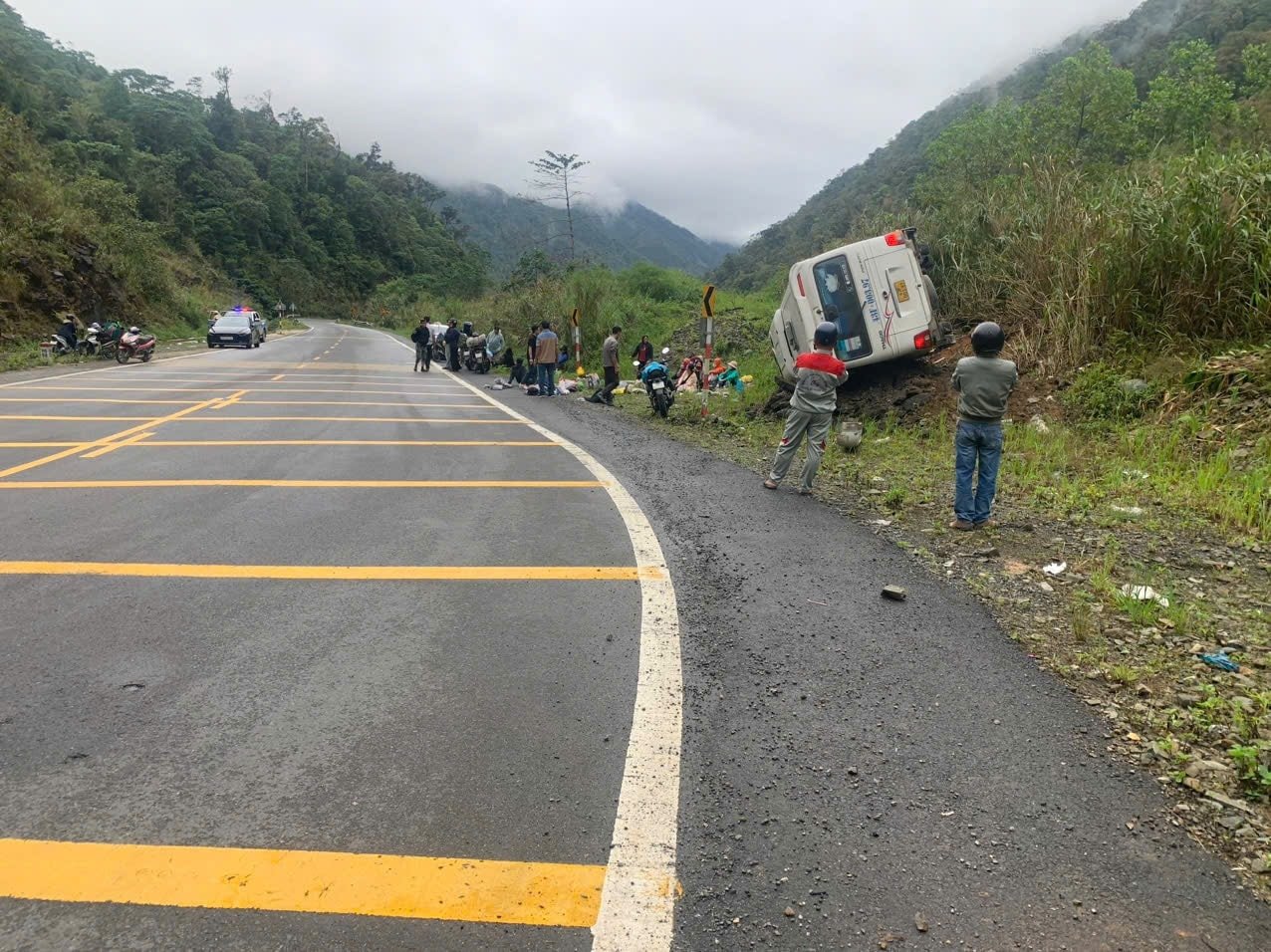

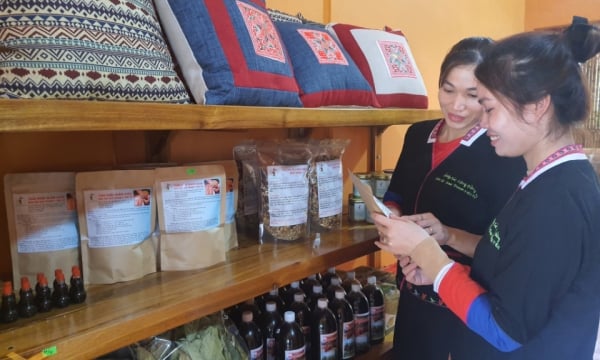


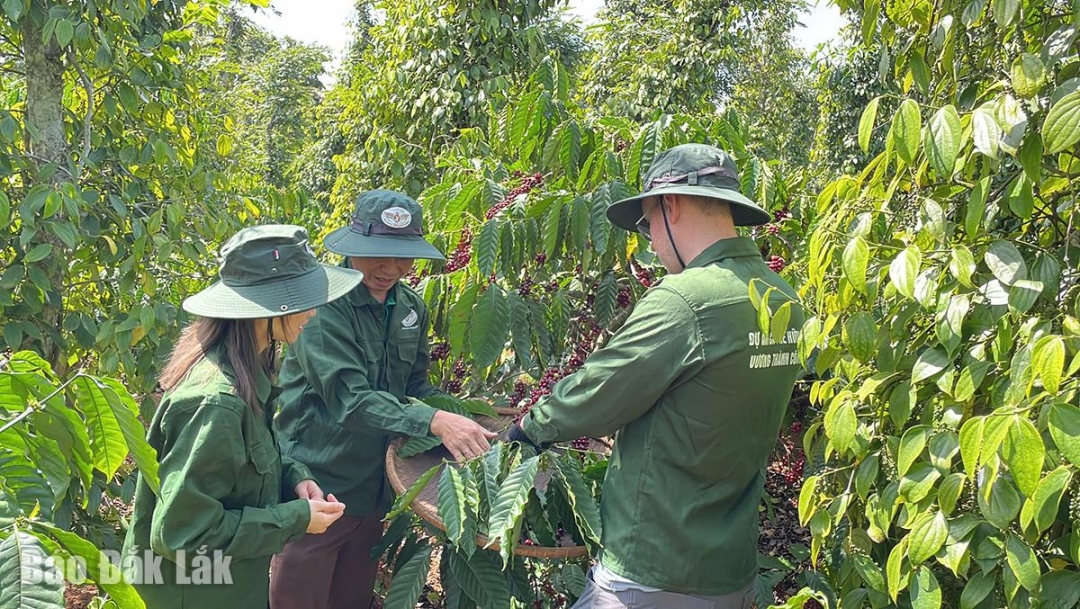

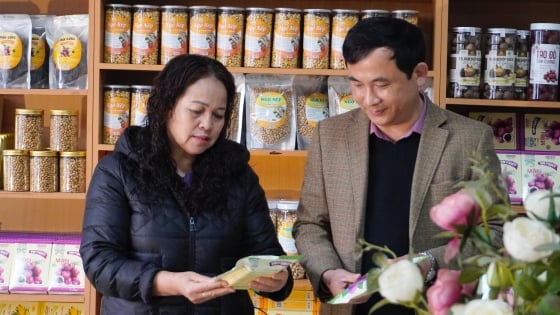


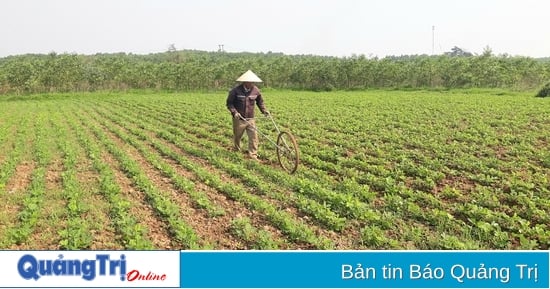

Comment (0)